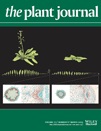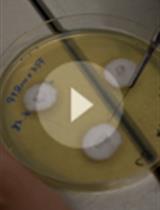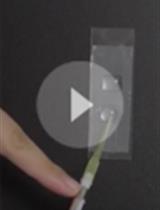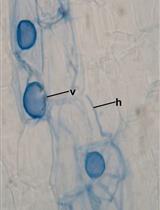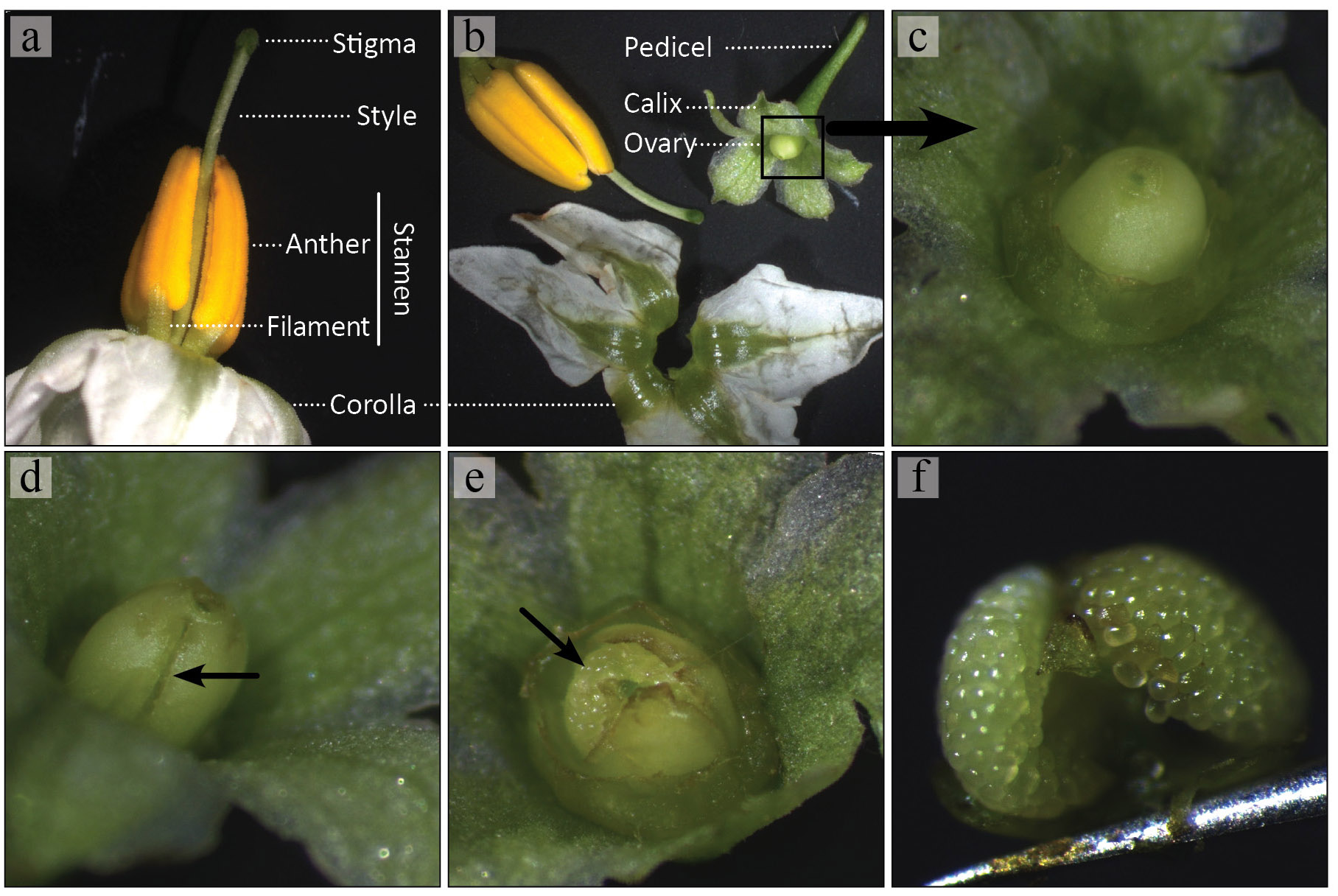Improve Research Reproducibility A Bio-protocol resource
- Protocols
- Articles and Issues
- About
- Become a Reviewer
Ovule Clearing Method for Solanaceous Species
Published: Vol 3, Iss 21, Nov 5, 2013 DOI: 10.21769/BioProtoc.951 Views: 11198
Reviewed by: Tie Liu
How to cite
Favorite
Cited by


